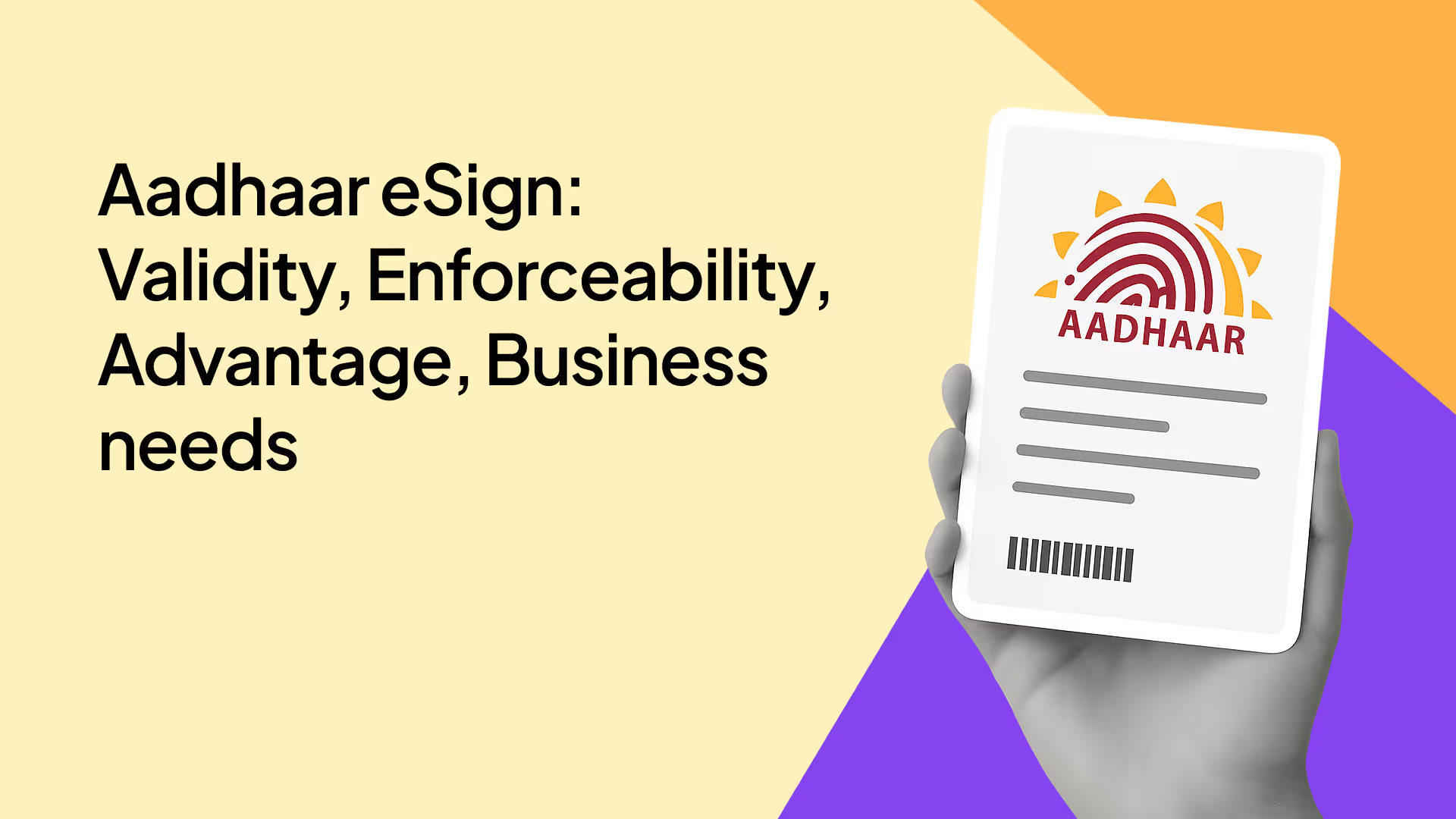Signatures have always played a crucial role in human communication and legal transactions. They serve as a handwritten mark or symbol that represents a person's identity and signifies their agreement, consent, or approval of a document. An agreement without a signature is open, floating, ambiguous and extremely hard to enforce. The signature anchors the agreement to a legally binding, enforceable, actionable reality. A signature ensures authentication, integrity and non-repudiation of a document.

We often define a signature as a handwritten, usually personalised, depiction of a person’s name, marked on a paper with ink. However, this definition is simply a holdover from the physical document execution process that drove contract formation and legal procedures for millennia. We think a signature means a physical mark made with ink simply because that is the only way humans have been signing for thousands of years! The advent of electronic signatures forces us to re-examine this understanding.
The Introduction of Electronic Signatures
With the advent of the digital age and the increasing reliance on electronic documents, the need for a more efficient and secure method of signing documents became apparent. This need led to the development of electronic signatures as a substitute for wet-ink signatures. Electronic signatures were first introduced in the year 2000, after the Information Technology Act was passed making it legally valid to use on electronic documents. The IT Act recognises two kinds of signatures:
- An electronic signature that integrates an Aadhaar identity number and an electronic Know Your Customer (eKYC) protocol. An Aadhaar identity number is a 12-digit identifier issued by the Indian government to its citizens. The eKYC process might encompass various elements, such as a Personal Identification Number (PIN).
- A digital signature that is produced through an asymmetric crypto-system and hash function. In this method, the signer secures a digital certificate to authenticate the signature.
5 Characteristics that makes an eSign valid
- The electronic signature must be uniquely associated with the individual who is signing the document. This might involve a digital ID issued by the government.
- The individual must have complete control over the digital device used for signing at the time of signing.
- Any alterations to the document or signature after the signing process should be easily identifiable.
- An audit trail should clearly outline the sequence of actions taken during the signing process.
- The certificate used for signing must be issued by a Certifying Authority (CA) recognized under the IT Act.
The shift to electronic signatures was deemed necessary due to the numerous advantages they offer, such as increased efficiency, cost savings, and greater security.
Differences Between Electronic Signatures and Wet-Ink Signatures
Electronic signatures and wet-ink signatures differ in several ways. Some of the major differences include:
It is essential to note that electronic signatures are not valid or legally binding for certain types of documents, such as wills, codicils, trusts, powers of attorney, and certain real estate transactions. The requirements for these documents vary depending on the jurisdiction, so it is crucial to consult the relevant laws and regulations.



.avif)

